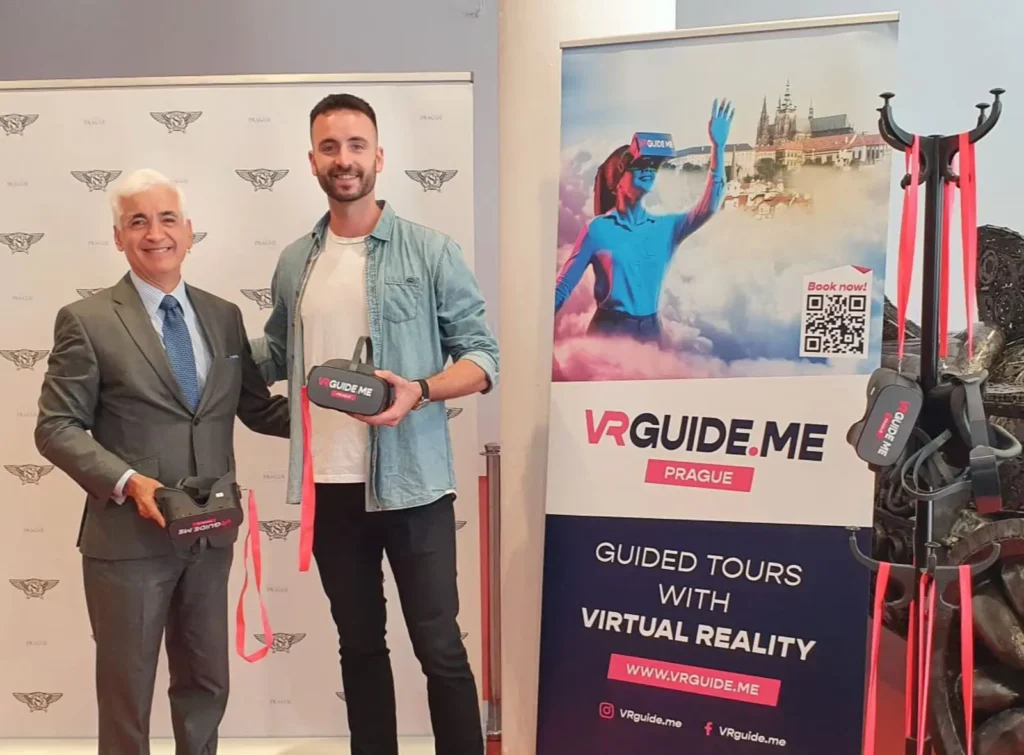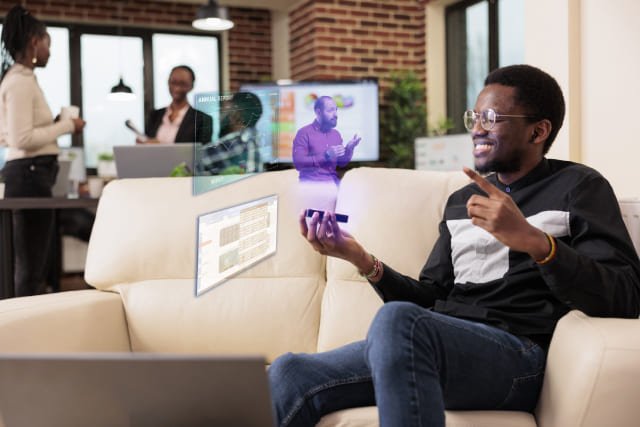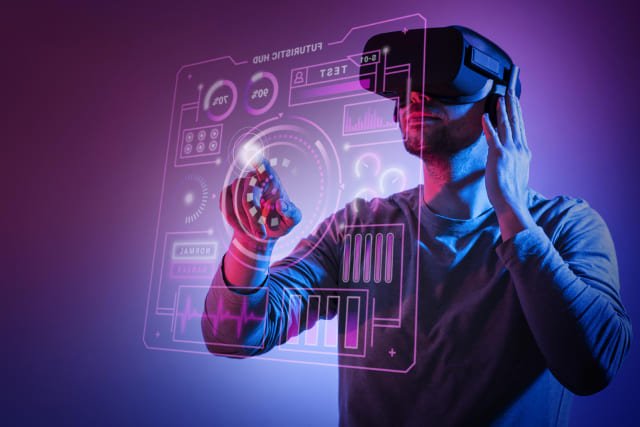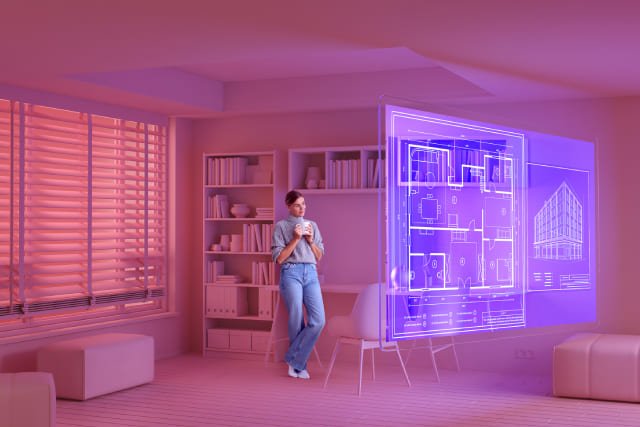

Inicio » Augmented Reality
Share note:
In today’s digital age, technology continues to transform the way we interact with the world around us. Among the most exciting innovations is augmented reality (AR), a technology that combines virtual elements with the physical environment to provide immersive and enriching experiences. In this article, we will explore in depth what augmented reality is, examples of its application, its salient features and how to use it.
Augmented reality is a technology that superimposes virtual elements, such as images, videos or 3D graphics, on the real world. Unlike virtual reality, which creates a completely simulated environment, AR expands our perception of existing reality by adding additional, contextual information through devices such as smartphones, tablets or special glasses.
This technology has found applications in a variety of fields, transforming the way we interact with education, entertainment, medicine, commerce and more. Some notable examples include:

Pokémon Go revolutionized the way we play by allowing us to capture and collect virtual creatures in real environments. Other examples include board and card games brought to life through AR.

AR applications such as Anatomy 4D allow students to explore the human body in detail, viewing 3D organs and systems superimposed in real time on physical images.

Architects and designers use AR to visualize 3D models of buildings, interiors and furniture in real scale in the physical environment, facilitating decision-making and communication with clients.

AR is used to allow customers to virtually try on clothing, accessories or makeup before making an online purchase, providing a more immersive shopping experience and reducing returns.

AR has a variety of applications in different fields. Some of them are:
AR applications can overlay real-time directions and navigation cues over the physical environment, facilitating orientation in unfamiliar areas.
AR enables the creation of virtual environments where users can practice technical skills, such as surgery or piloting aircraft, in a safe and controlled manner. Something that is used in the so-called Industry 4.0.
Companies use AR to create interactive and engaging campaigns, allowing customers to test products virtually or interact with advertising content in innovative ways.
Augmented reality has some key distinguishing characteristics:

QR codes are a common way to access augmented reality experiences. To use it with QR, follow these steps:
Download an augmented reality application on your mobile device that supports QR code scanning.
Open the application and select the “QR Scan” option.
Point your device’s camera at the QR code and allow the application to scan it.
Once the QR code has been recognized, the application will show you the associated AR experience. This may include images, videos, animations or additional information superimposed on your physical environment.

To use augmented reality on Android devices, follow these steps:
Check if your device is compatible with this technology. Some newer devices come with built-in AR capabilities, while others may require additional applications.
Download a compatible augmented reality application from the Google Play Store. Some popular applications include Google ARCore, ARToolkit and Vuforia.
Open the application and follow the instructions to calibrate your environment and allow the application to track objects and overlay virtual elements.
Once the app is configured, you can enjoy AR experiences on your Android device. This can include games, navigation applications, design tools and much more.
Augmented reality is a fascinating technology that merges the real and virtual worlds, providing immersive and enriching experiences in various fields. With examples ranging from interactive games to educational and commercial applications, it is transforming the way we interact with our environment. Whether through QR codes or on Android devices, augmented reality offers endless possibilities to enhance our understanding, entertainment and communication in today’s digital world.
Would you like to apply Augmented Reality in your projects? At Virtual Arena we are specialists in consulting and AR development for companies and institutions.
Recent articles
Do you have a project in mind?
Related articles

Download our
E-book for FREE!
Discover the B2B marketing trends for 2026 that will revolutionize your sales.